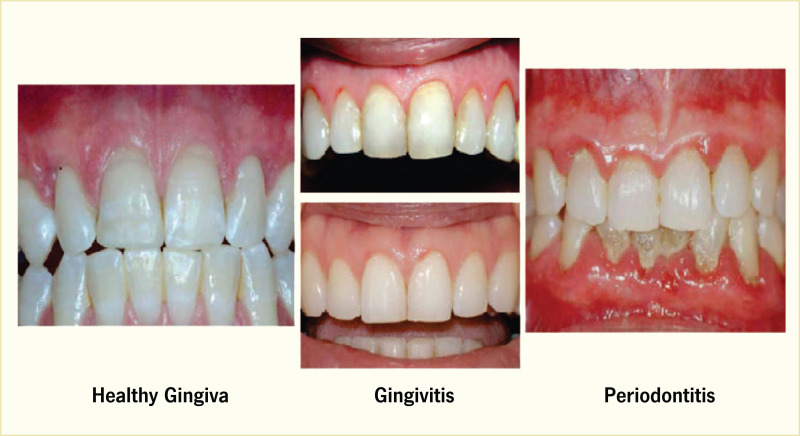
⦁ Gingivitis and periodontitis: Gingivitis is a form of gum disease that causes inflammation of gums.
⦁ It most common and mildest type of gum disease.
⦁ It is reversible. It can be recovered after proper treatment.
⦁ Periodontitis is a serious type of gum disease that damage gum and destroy the bone.
⦁ It is irreversible because involves bone loss, which cannot be recovered.
SIGN AND SYMPTOMS OF GINGIVITIS AND PERIODONTITIS:
- It include dark red, puffy or dusky gums and easily bleed.
- Bleeding gums during brushing or flossing is most commonly seen.
- Inflammation of gum, it is minor issue which might come and go after treatment. Bad breath
- If treated early, it can be reversible.
During severe cases, it results loosening of tooth and may convert into periodontitis.
- It is severe case develop after gingivitis, which can’t be reversible.
- Also include red and swollen gums. Tender gums when touched easily bleed.
- New spaces develop between teeth.
- Bleeding and sore gums. Pain during chewing as well as sensitivity to hot and cold intake. Bad breath
- Loosening of tooth due to bone loss. So that teeth changes its position or gum that pulls away from the teeth.
X-RAY DIFFERENCE

INVESTIGATION
Sign of plaque or soft deposits on tooth and inflammation of gum and bleeding.
To check bone loss where your dentist observes deeper pocket depth.
TREATMENT OF GINGIVITIS AND PERIODONTITIS
- Teeth cleaning (scaling) and root planning.
- Use mouthwash containing chlorhexidine.
- Flossing, also use interdental brushes and do dental restoration if needed.
- If your dentist diagnose it early, prescribe brushing and more frequent visits.
Nonsurgical treatments like scaling and root planning. Use oral or topical antibiotics.
In severe cases, surgical treatment is needed that includes flap surgery, bone grafting.
Application of tissue stimulating protein.
Visit us at bestorthodontistbracespune.in to know more.
